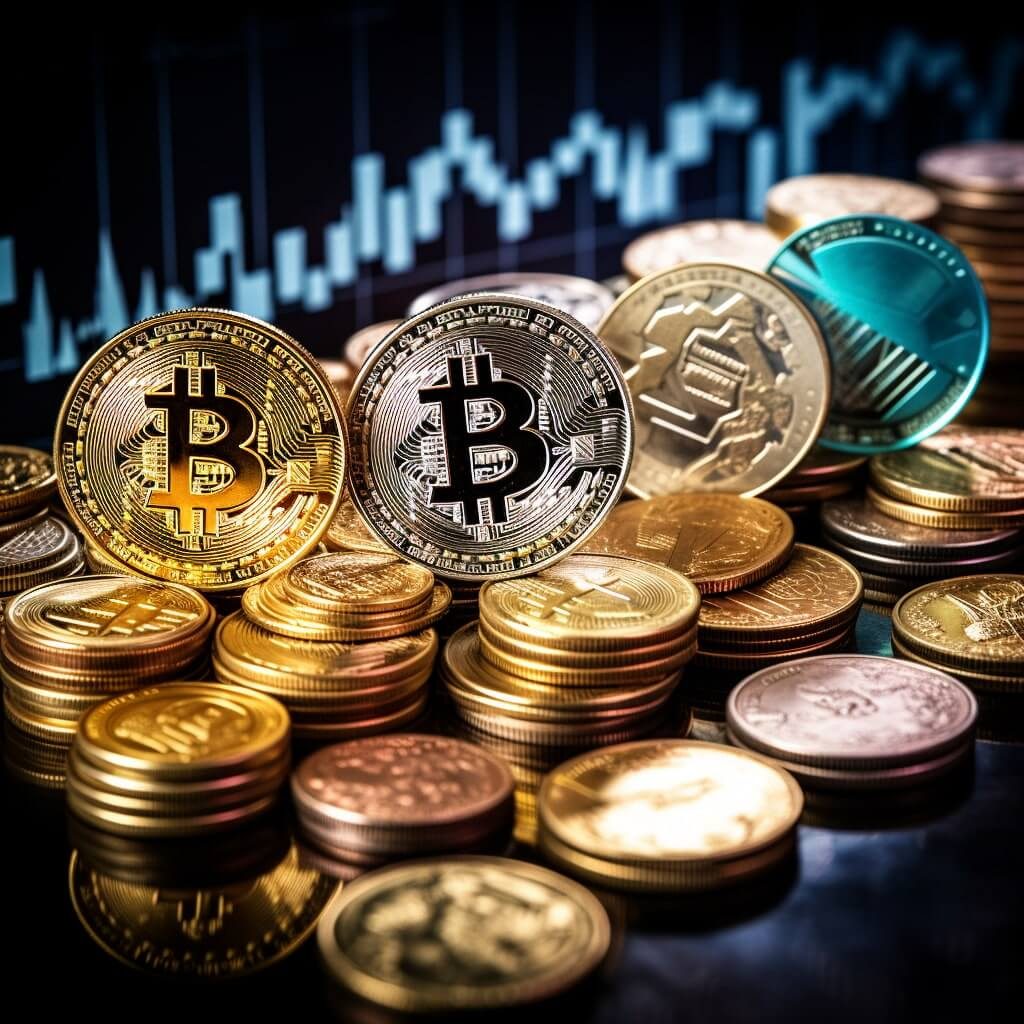China stands at a crossroads, its economy teetering on the brink of a high-stakes gamble. The People’s Bank of China (PBOC), in a bold yet cautious move, has held its key interest rate steady. This decision, a tightrope walk balancing yuan volatility and the remote possibility of Federal Reserve easing, signals a trepidation in Beijing’s economic strategy. It’s not just about maintaining rates; it’s about navigating through an economic storm with limited tools at their disposal.
The PBOC’s latest move bucks the trend of expected rate cuts, a decision that may leave many investors scratching their heads. This is not a mere act of financial prudence but a reflection of a deeper economic conundrum. China is currently grappling with a deflationary streak, its longest since 2009, and a sluggish loan growth, a far cry from its economic ambitions. Moreover, the property crisis and a stagnant job market add layers of complexity to President Xi Jinping’s growth targets for the year.
A Balancing Act in Monetary Policy
China’s monetary policy is akin to a high-wire act, balancing domestic economic needs with global financial realities. The PBOC’s restraint in cutting rates is a testament to this precarious balancing act. Despite injecting a significant 995 billion yuan through the medium-term lending facility, the central bank’s hesitance to lower rates speaks volumes. It’s not about the lack of action but the fear of unintended consequences, such as further weakening the yuan and unsettling the currency markets.
This cautious approach comes amid a backdrop of international economic pressures. The U.S. Federal Reserve’s own interest rate policies cast a long shadow over China’s monetary decisions. The widening rate differential between the two economic powerhouses has tied Beijing’s hands, limiting its ability to maneuver. The PBOC, thus, finds itself in a bind, striving to stimulate the economy without triggering adverse currency reactions.
China’s Economic Strategy: A Double-Edged Sword
Beijing’s economic strategy, while ambitious, is fraught with challenges. The local governments’ continued reliance on investment-driven growth, despite calls for a shift towards consumption-led growth, underscores a reluctance to embrace economic transformation. This year’s investment programs, though scientifically and technologically oriented, reflect an inherent risk in their reliance on high-tech and private investments. These sectors, while potentially lucrative, are marred by uncertainties in returns and prolonged investment cycles.
Furthermore, the reliance on local government bonds to fund major projects raises sustainability concerns. In the face of dwindling tax revenues and escalating debt levels, this strategy could lead to a fiscal quagmire. Beijing’s balancing act extends beyond monetary policy; it’s about managing an economic strategy that is both ambitious and precarious.
The road ahead for China is lined with both opportunities and pitfalls. It is a journey that demands not just economic acumen but also political will and vision. For China, 2024 is not just another year; it’s a pivotal moment that could define its economic trajectory for decades to come. Beijing’s strategies, therefore, must be executed with precision and foresight, ensuring that its gamble in the face of economic challenges pays off, not just for the dragon, but for the global economy at large.





